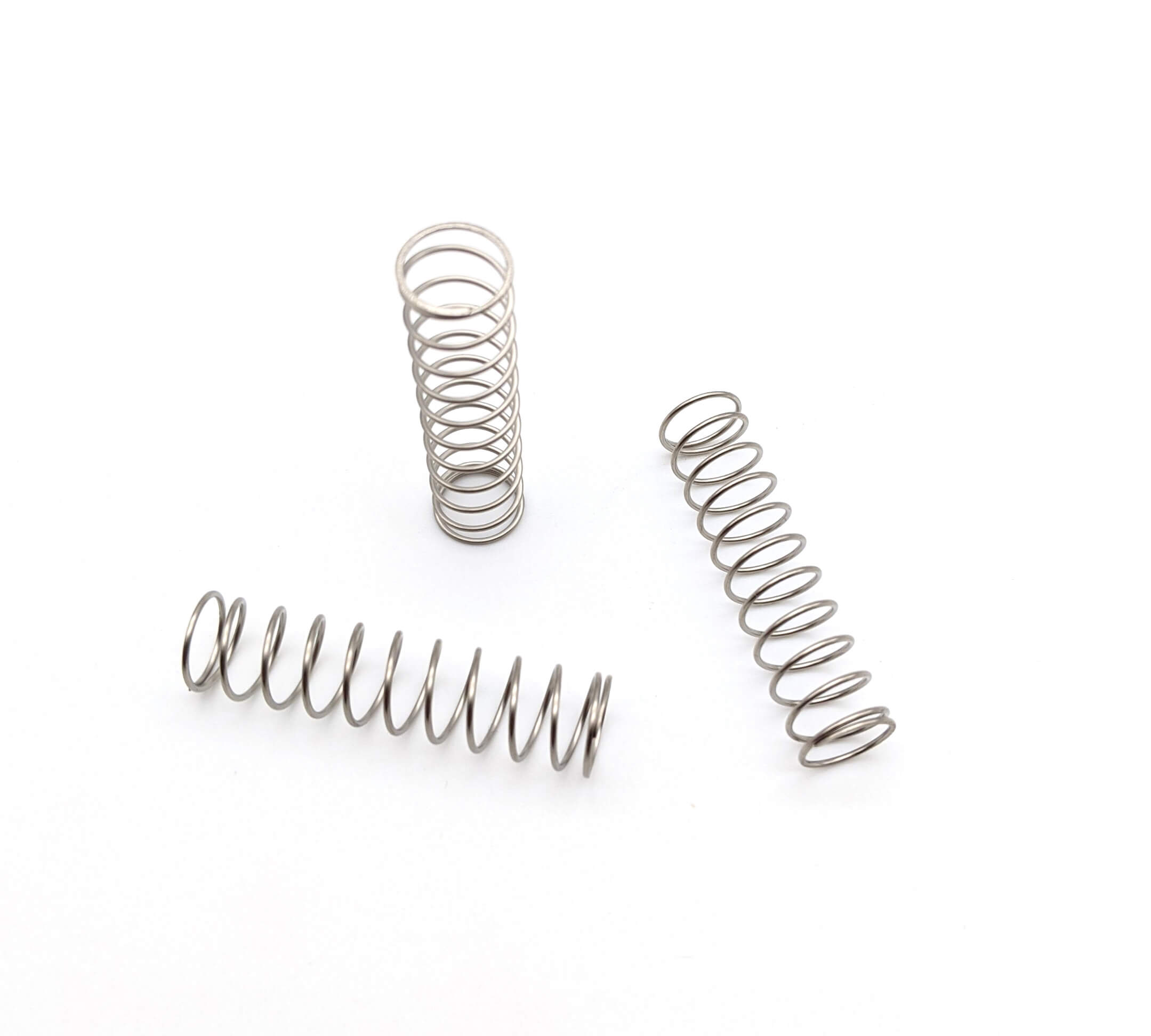Get unique, complex parts easily. No matter your requirements, Chaoyi Spring creates hard-to-produce coil springs and wire forms.
Let us help you create the custom wire form you need, from S-hooks and J-hooks to utility hooks and more.
We work closely with customers across a wide range of industries, helping them design and manufacture made-to-order parts.
Why choose Chaoyi Spring? We prioritize customer-focused collaboration, modern equipment and the latest technology to make your parts per print.
Find the information and guidance you need, from measuring a spring to learning about materials, placing an order and much more.
Spring tension, the force that governs the behavior of springs, is a ubiquitous phenomenon in the natural world and a fundamental concept in engineering. From the delicate coils of a


Spring tension, the force that governs the behavior of springs, is a ubiquitous phenomenon in the natural world and a fundamental concept in engineering. From the delicate coils of a flower stem to the robust suspension system of a car, spring tension plays a crucial role in maintaining equilibrium, absorbing energy, and enabling movement. In this article, we'll delve into the science behind spring tension, exploring its applications in diverse fields and the fascinating ways it shapes our world.

Spring tension is a force that arises when a spring is stretched or compressed from its resting state. This force, known as the restoring force, acts in the opposite direction to the displacement, always trying to bring the spring back to its original length. The relationship between spring tension and displacement is described by Hooke's Law, which states that the tension is directly proportional to the displacement. Mathematically, this can be expressed as F = -kx, where F is the spring tension, k is the spring constant (a measure of the spring's stiffness), and x is the displacement.
Spring tension finds applications in a remarkably wide range of fields, often in unexpected ways. Here are just a few examples:
In engineering, spring tension is indispensable. Springs are used in countless applications, including:
Nature is replete with examples of spring tension. Consider:
Spring tension also plays a role in our daily lives:
The significance of spring tension lies in its ability to balance forces, absorb energy, and enable movement. This is crucial for a wide range of systems, from the microscopic level of proteins to the macroscopic scale of bridges and buildings. Spring tension contributes to:
Spring tension is an often overlooked yet fundamental force that shapes our world. From the intricate workings of nature to the marvels of engineering, spring tension is a vital force, underpinning stability, resilience, and movement. Understanding spring tension allows us to appreciate its role in our daily lives and the many ways it contributes to the world around us.
Spring tension is a force with a profound impact, often working quietly in the background. It is a testament to the interconnectedness of nature and engineering, a reminder that even seemingly simple phenomena can hold immense power and influence. As we continue to explore the world around us, we will undoubtedly discover even more fascinating ways in which spring tension contributes to the intricate workings of our universe.
Browse some of the custom wire forms and springs that we manufacture. Don’t see what you need? We specialize in made-to-order products that meet your application requirements.
Visit Our GalleryNeed a custom wire form or coil spring? We make it work. Fill out the contact form and a representative will respond within 1 business day. If you have a PDF or CAD file, you can submit to request a quote.